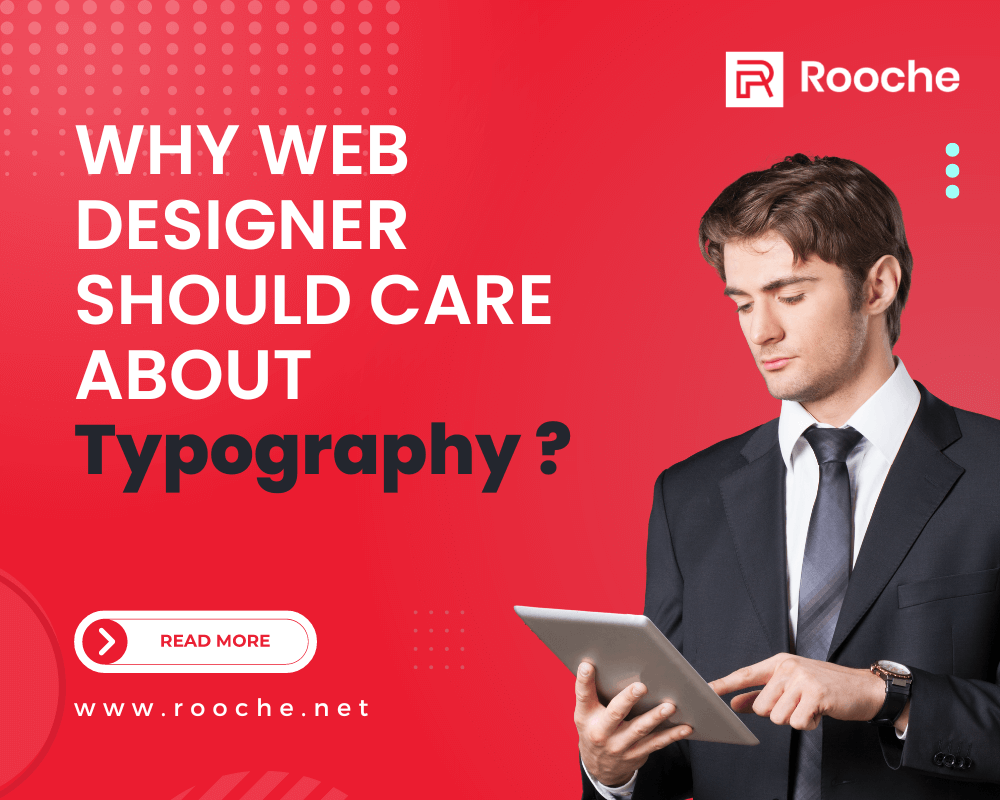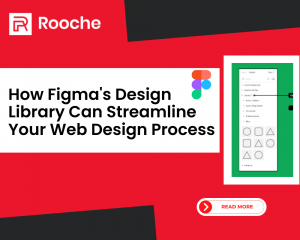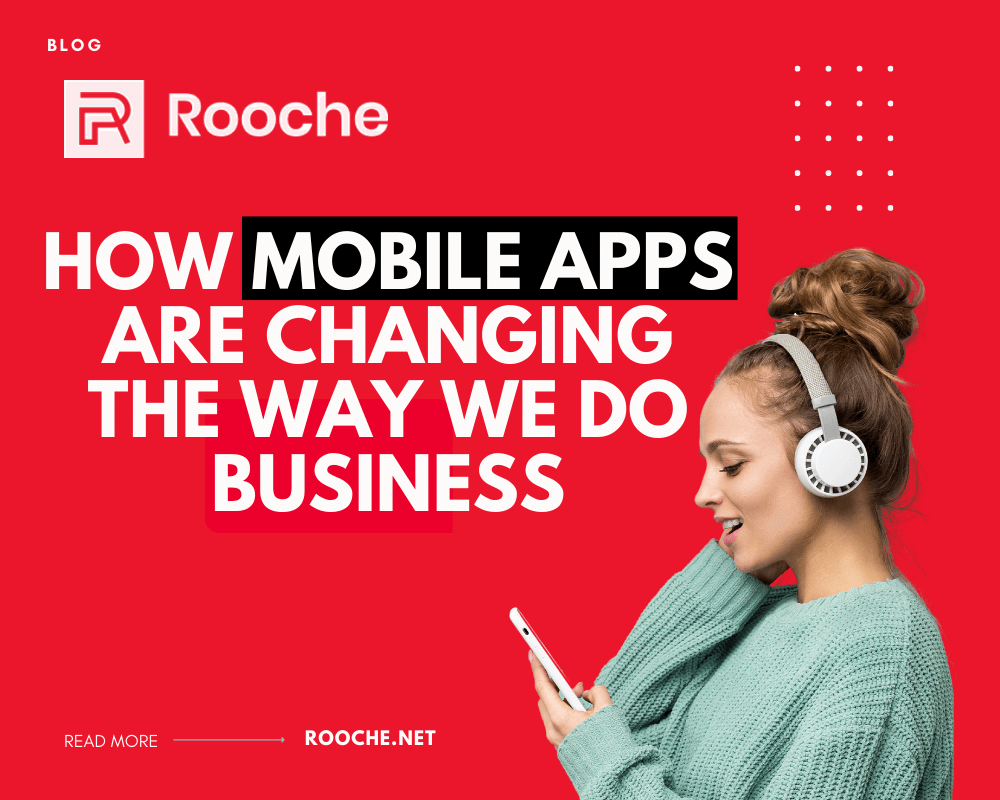The Evolution of Mobile App Development: Trends and Forecasts for 2023
Mobile app development has undergone a profound evolution, reshaping the way businesses operate and individuals engage with technology. As we […]
Oct 5, 2023
Dec 8, 2022

Typography is the style, arrangement, and appearance of text. In web design, it encompasses everything from the font you choose to the size of your text to the color and spacing of your paragraphs. It’s important to consider how you want to convey the content on your website through typography because it helps determine the tone of your website and its legibility.
When designing a website, you have many different options in terms of fonts and colors. You could go with a simple font, like Times New Roman, or a more decorative font with serifs (those little squiggly bits on the ends of letters). You could also use many different colors for your text or only one. Remember that typography isn’t just about choosing the right font; it’s also about how you use it.
When it comes to web design, typography is just as important as things like color palettes, content blocks, and the structure of your development process. It’s a crucial part of how people consume your content and engage with your brand. Typography is a large part of what makes a great website design even greater. Typography helps define the personality of your website and brand. It helps to create readability. If you choose the correct typefaces, it can even help you increase conversion rates.
The typefaces you choose for your website should be just as carefully considered as colors and other design elements—it’s one of the first things that people will notice when they visit your site. And because most people will scan a page rather than read every word when they see a landing page or blog post, they must have a good experience while browsing.
Consider the following tips on using typography to improve your web design:
Typography is not just about the fonts you choose but also the readability of your text. You should select typefaces that are easy to read and format your text to make it effortless for visitors to scan.
Contrast is crucial for good usability and accessibility (grab our free accessibility checklist here), so it’s also key for typography. It’s all about balance. How you decide to balance your fonts, color scheme, and hierarchy will define how well visitors understand your content and their overall experience on your website. Try contrasting colors within the background vs. text or making headings bolder than the body copy to create that contrast. Also, consider adjusting font weights, sizes, and contrast for better readability on smaller devices, like smartphones or tablets.
Having consistent typography across your website is a simple way to provide visitors with a smooth and pleasant experience and gives them an easy way to recognize your brand. When done correctly, it can be the difference between a professional website and one that looks amateur.
Like too many flavors can overpower a meal, too many fonts can overwhelm your visitors. Pick two or three fonts max and stick with those across your site. You can avoid cursive fonts especially if you are conveying important details about your company website. Cursive can be pretty but can be also challenging to read at a glance, making it harder for your visitors to absorb the information you’re trying to convey. If you must use something fun, check out Google Fonts or other free font libraries, where you’ll find tons of options that won’t make you look like a bad web designer. Furthermore, the body text should be big enough to read quickly, especially if you want people to spend time reading it. It’s generally recommended that body text is at least 16px.
The web is where you build your brand, so it’s not a bad idea to use your brand font on the web, too. If you’ve already done creating a logo and defining brand identity, you should extend it to your website—it is the foundation of most brands in the digital age.
So there you have it! To sum it up, typography is essential when designing a website. It’s about finding the perfect typeface for your project and making sure that your text is readable and easily scannable by the end-user.

Mobile app development has undergone a profound evolution, reshaping the way businesses operate and individuals engage with technology. As we […]
Oct 5, 2023

In a world of ever-evolving technology, it can be hard to keep up with the latest tools and trends. That’s […]
Apr 18, 2023

It’s no secret that mobile apps are on the rise. As you can see, the future of the app industry […]
Dec 8, 2022
Join our newsletter and be the first to receive future promo and sale updates from Rooche!